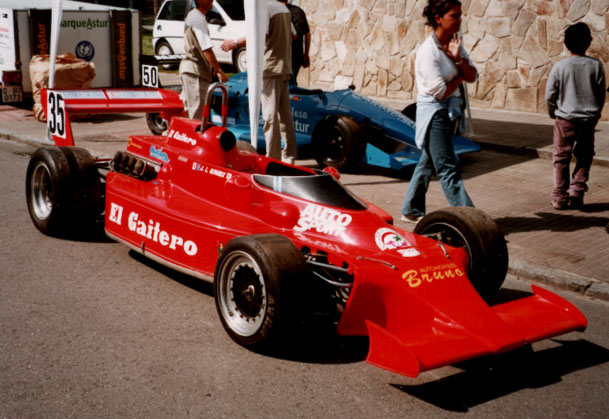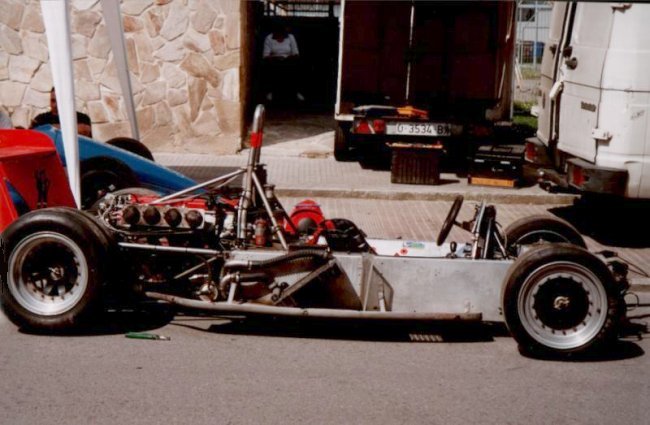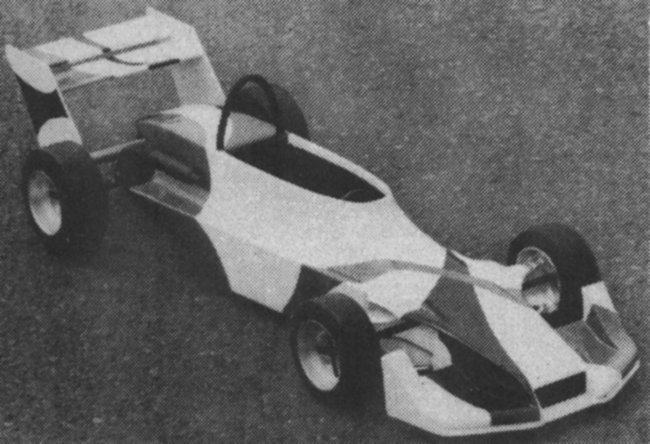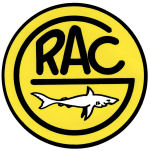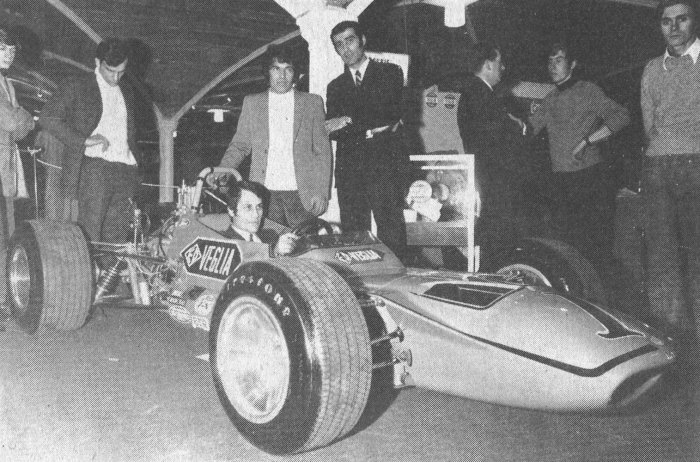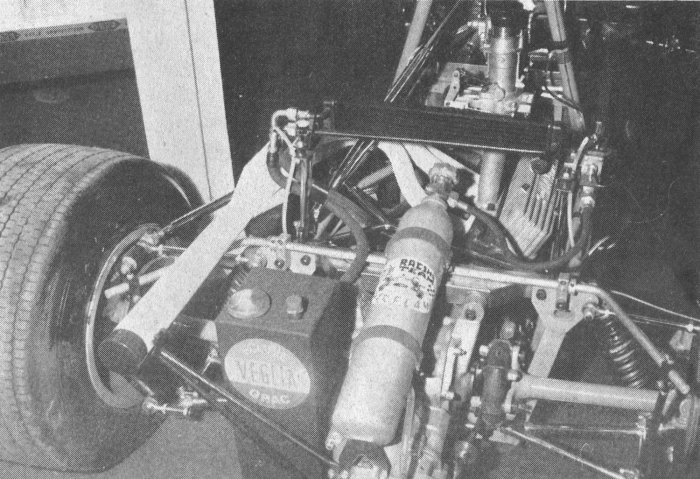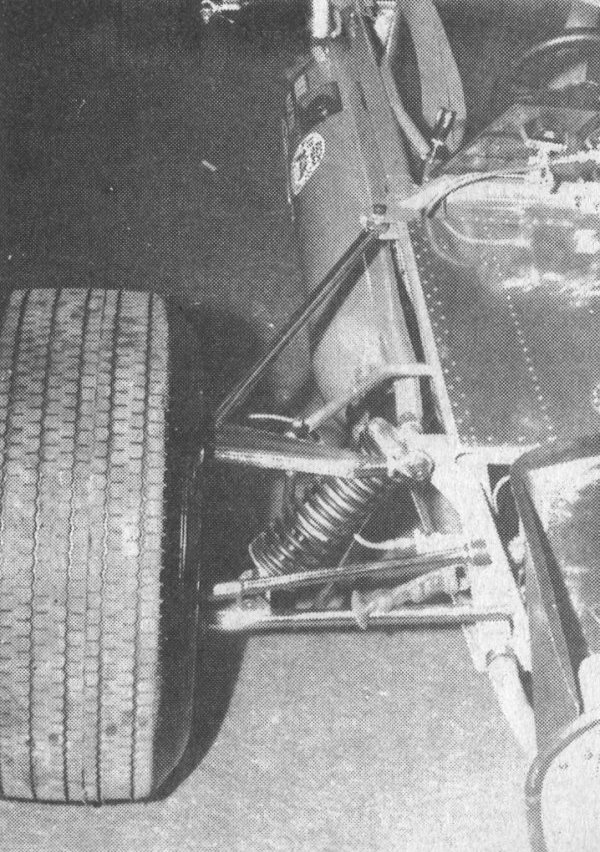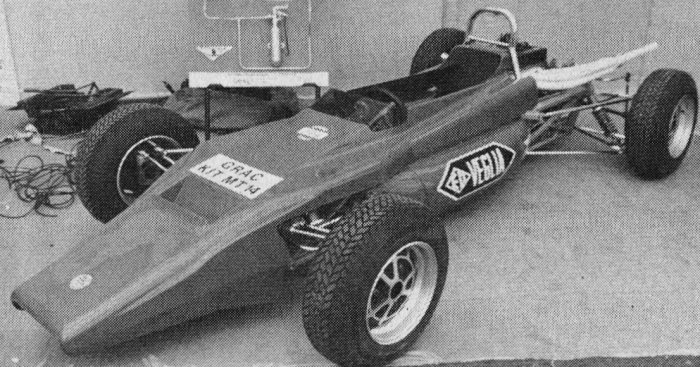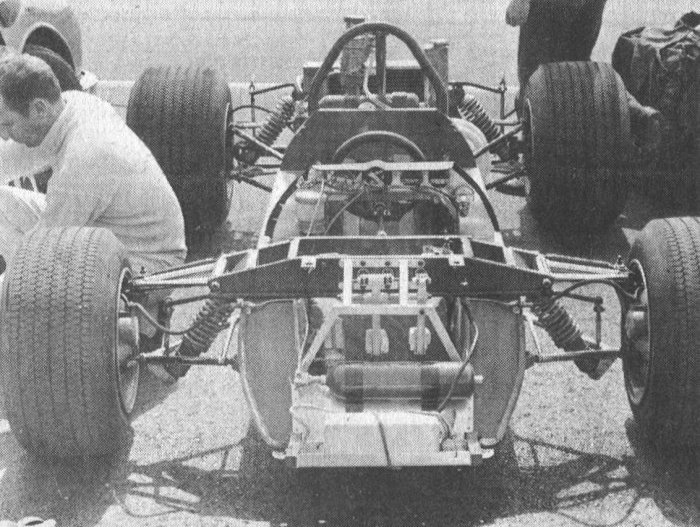Facett
Facett
Drivers
Osella
Osella
1976
In 1976 Osella produced their only F3 car, the FA3, It was raced in Italian and German Championship events powered either by a Toyota (Necchi) or a Repetto tuned Lancia engines (Rosei and Witz). Best result was a 5th place for Marcello Rosei at Varano in April.
Drivers
1976 Piero Necchi, Marcello Rosei, Jean-Jaques Witz.
Oscar
Oscar
The Oscar first competed in the Japanese F3 Championship in 1979, there seems to have been two models, the T1 and the T2. The cars were Toyota powered and were obviously competitive with Syuuroku Sasaki finishing fourth in the championship and winning the opening round at Suzuka. For 1980 a new car the T3 was introduced but results were generally disappointing. 1981 saw further modifications to the car with the emergence of the T3B and T3C, the T3C continuing into 1982 with Yoshiyasu Tachi taking a couple of third places early in the season.
For 1984 another new car appeared, the T4 but results were poor. Nothing daunted the SK86F with its pullrod suspension was the 1986 offering and it was one of their better designs with Hideo Fukuyama taking a win at Tsukuba in the rain and finishing sixth in the Japanese Championship. The SK86F continued into 1987 but it couldn’t compete with the Ralts and Reynards and Oscar disappeared from the F3 scene.
Drivers:
1979
T2
Syuuroku Sasaki, Katsuhiko Sugiura.
T1
Syuuji Kanemaru, Katsuhiko Sugiura, Fukumi Koutake, Syuuroku Sasaki.
1980
T3
Tsunehisa Asai.
T1
Masao Segawa, Tomiko Yoshikawa.
1981
T3C
Tsunehisa Asai
T3B
Tsunehisa Asai, Hideo Fukuyama, Yoshiyasu Tachi, Tomiko Yoshikawa.
1982 T3C
Hideo Fukuyama, Yoshiyasu Tachi.
1983 T3C
Yoshiyasu Tachi.
1984 T4
Kazuhiko Miyake.
1985
T4
Hisatoyo Gotou.
T1
Yoshitaka Matsumoto.
1986
SK86F
Hideo Fukuyama, Hisatoyo Gotou.
T4
Shinji Yoshikawa.
T1
Yoshitaka Matsumoto.
1987 SK86F
Hisatoyo Gotou, Syuuroku Sasaki, Takashi Yamada
Orca
1980
A new car was designed for 1980, the B302, and the Toyota-powered chasis had some outings in the French F3 Championship. Driver Jean-Louis Bousquet ran reasonably well in what were generally weak fields and in the final race of the season at the Le Mans Bugatti circuit he took a season’s best of third and finished 10th in the overall championship.
Drivers:
1980 Jean-Louis Bousquet.
Oliroy
Oliroy
The Oliroy arose from the ashes of the 1979 Duqueine VG3 (q.v.). Seemingly driver Bernard Perroy fell out with the Duqueine brothers over financial matters and Perroy, together with fellow driver Denis Olivera, rebuilt the VG3 as the Oliroy (OLIveira + PerROY) C1-Toyota. The car used Martini bodywork and showed flashes of promise on a number of occasions with a best finish of second behind Alain Ferté’s Martini MK27 at Le Mans Bugatti circuit in October 1980. A couple of other top 6 finishes resulted in Olivera taking 9th place in the 1980 French F3 Championship.
Thanks to Colin Painter for additional information.
Drivers:
1980 Denis Oliveira
Ks
Ks
Drivers
1979
Naoki Nagasaka (06B), Osamu Nakako (06C), Yoshiyuki Ogura (06X).
Grac
Grac
1964
1965
1966
1967
1969
1970
1973
The MT14 appeared in 1973 German F3 races were it raced with reasonable success with a best result of second in a weak field at Hockenheim. The MT14 was the 1971 Formule France chassis shown on the left, was the German car a converted Formule France model or something else? The MT14 designation was also used for the MT14B and MT14S which were sportscars so perhaps the German car had some other genesis.
Drivers
1964
Bernard Plaisance.
1965
Jean Faure, Alain Leguellec, Gilles Pequenot, Bernard Plaisance.
1966 Jean Faure, Jean Max.
1967 Alex Astruc, Jean Belin, Michel Moisset.
1968 Jimmy Mieusset .
1969
MT8
Jean Max.
MT8A
Philippe Vidal.
1970 MT11
Denis Dayan.
1973 MT14
Reinhard Pfändler.
1974 MT14
Giancarlo Commazzi.
Knapp
Knapp
Drivers
1993
Anthony Reid.
Kitchener
Kitchener
1969
1970
Drivers
1969 Albert Badin, John Gillmeister.





